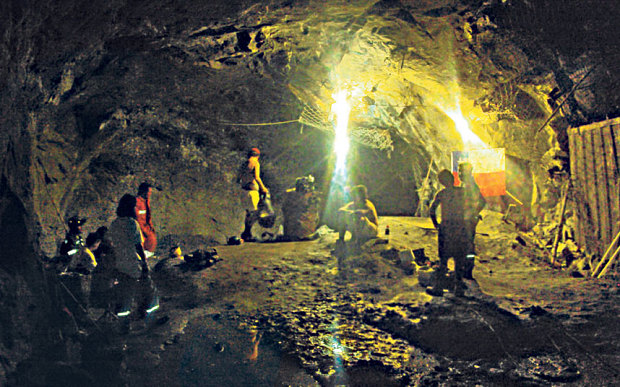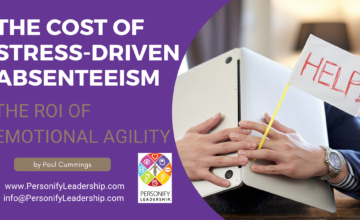Emotional Resiliency
- Dec 01, 2015
- By personifyadmin
- In Newsletters
- 0 Comments
Emotional Resiliency is a common leadership topic. What leader hasn’t had to keep their cool under pressure? Simply stated, emotional resilience is an individual’s ability to cope in times of stress. Resilience is a skillset and/or set of behaviors that can be learned which helps leaders cope better and communicate better when under pressure. Sounds easy, right? Not really.
If you are a fan of Hollywood movies, then you may have seen a trailer for the new movie, The 33. Based on a real-life event, the movie is about a cave-in at the San Jose Cooper Mine in Chile which trapped 33 men more than 2,000 feet underground for 69 days. The miners were given a 2% chance of survival and the previous successful rescue depth record was 70 meters, compared to the 700 meters in this event. Statistically, their fate looked pretty bleak.
This is a story that embodies emotional resilience, if there ever was one.
Leaders can do extraordinary things under pressure. Here are a few lessons from the Chilean miners we can apply to our own emotional resiliency:
- Emotional Resilience in the moment is a physical response. When a stressor is thrust upon us, the amygdala in our brains goes into fight or flight mode. It’s very hard to control which makes being emotionally resilient even more difficult. Knowing what your unique bio-feedback triggers are is a good first step in identifying what your body does when you are stressed. Each miner trapped below the surface most likely had a different emotional response to the cave in and each had to maintain a level of composure to work together to stay alive.
- Stay positive. In the case of the miners, believing that there was light at the end of the proverbial tunnel was inherent in their survival. If they would have focused on the 98% chance of dying, this story may have had a different ending. Positive emotions are possible even in times of uncertainty and fear.
- There is strength in numbers. Resilience is social. All 33 miners were required to work together and manage their own fears, as well as the fears, emotions and concerns of their fellow miners. Reaching out and connecting with others during tough times is not a sign of weakness. In fact, it is a great coping mechanism when times get tough.
- Look for the meaning in the situation. Resilience can draw strength from the inherent meaning in the situation. So many of us face stresses like illness, injury, economic crisis, loss of employment, etc, which in turn mean a loss of our routines, sense of predictability and control that give our lives meaning. The way the miners approached their particular crisis was to create new routines; using the lights on the utility trucks to create night and day, devising a schedule for doing what needed to be done, and having a democratic vote to make decisions. This in turn created order and meaning to their experience making them more emotionally resilient. As leaders, we can apply these same concepts to our own stressful times.
- Watch for the heroes of resilience around us, and keep their stories in mind when our own times are tough. The miners’ survival of the event provides a worldwide lesson in the remarkable strength of human resilience.






Recent Comments